Introduction to Car Crankshafts
The crankshaft is one of the most critical components of an internal combustion engine. It converts the linear motion of the pistons into rotational motion, allowing the engine to generate power. The car crankshaft is subject to a great deal of stress and demands precise engineering for efficient operation. A well-manufactured car crankshaft ensures smooth engine functionality, better performance, and enhanced fuel efficiency.
Understanding how the crankshaft operates is essential for maintaining your vehicle’s engine. When choosing a crankshaft, it is important to consider several factors, including compatibility, materials, and design. This article delves into the essential aspects of crankshafts, helping you make an informed decision when selecting the right one for your vehicle. By the end, you will have the knowledge needed to ensure optimal performance in your engine.
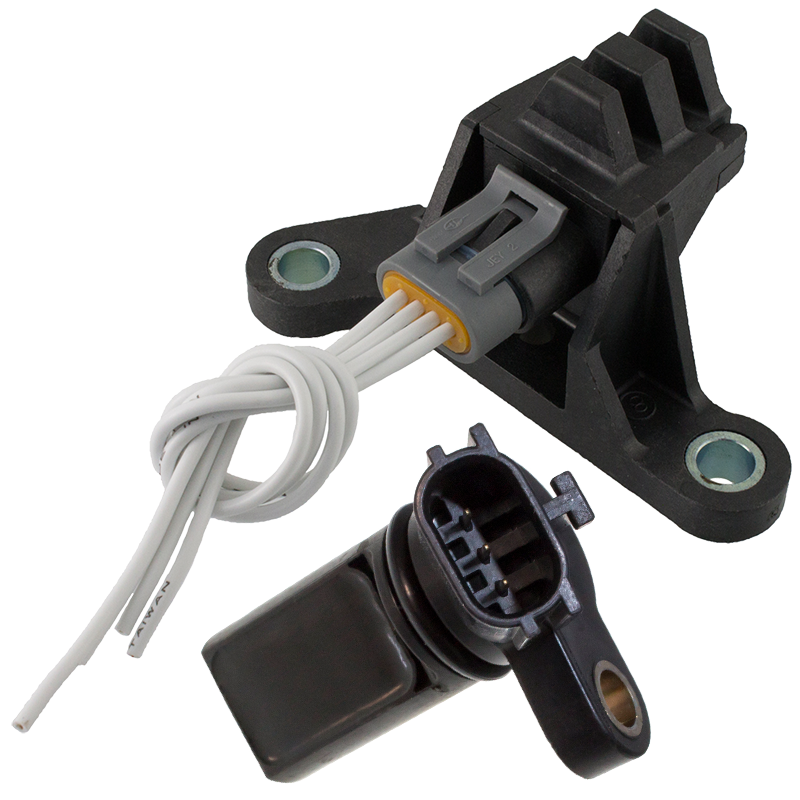
The Function of a Crankshaft
Energy Conversion Process
Crankshafts are integral to the process of converting energy within an engine. As fuel burns in the combustion chamber, it pushes the pistons downward. This piston’s linear motion is then transferred to the car crankshaft, which rotates, converting that energy into usable power. This process occurs in a coordinated cycle, allowing for the efficient operation of the engine.
Historically, the design of the crankshaft has evolved significantly. Today’s crankshafts are engineered to withstand the extreme pressures and forces generated during combustion. Understanding the basic function of a car crankshaft can help car owners recognize its importance in the overall performance of their vehicle.
Relationship with Other Engine Components
The crankshaft also interacts with various engine components. It is connected to the flywheel, which helps maintain rotational momentum and balance. Additionally, the crankshaft is linked to the camshaft, synchronizing the timing of valve openings and closings. This relationship ensures that the engine operates smoothly and efficiently.
Moreover, the bearings supporting the crankshaft must fit correctly to reduce friction and wear. Proper alignment with the engine block is essential for maintaining performance. When selecting a crankshaft, it is essential to understand how it integrates with these components to ensure a cohesive engine assembly.
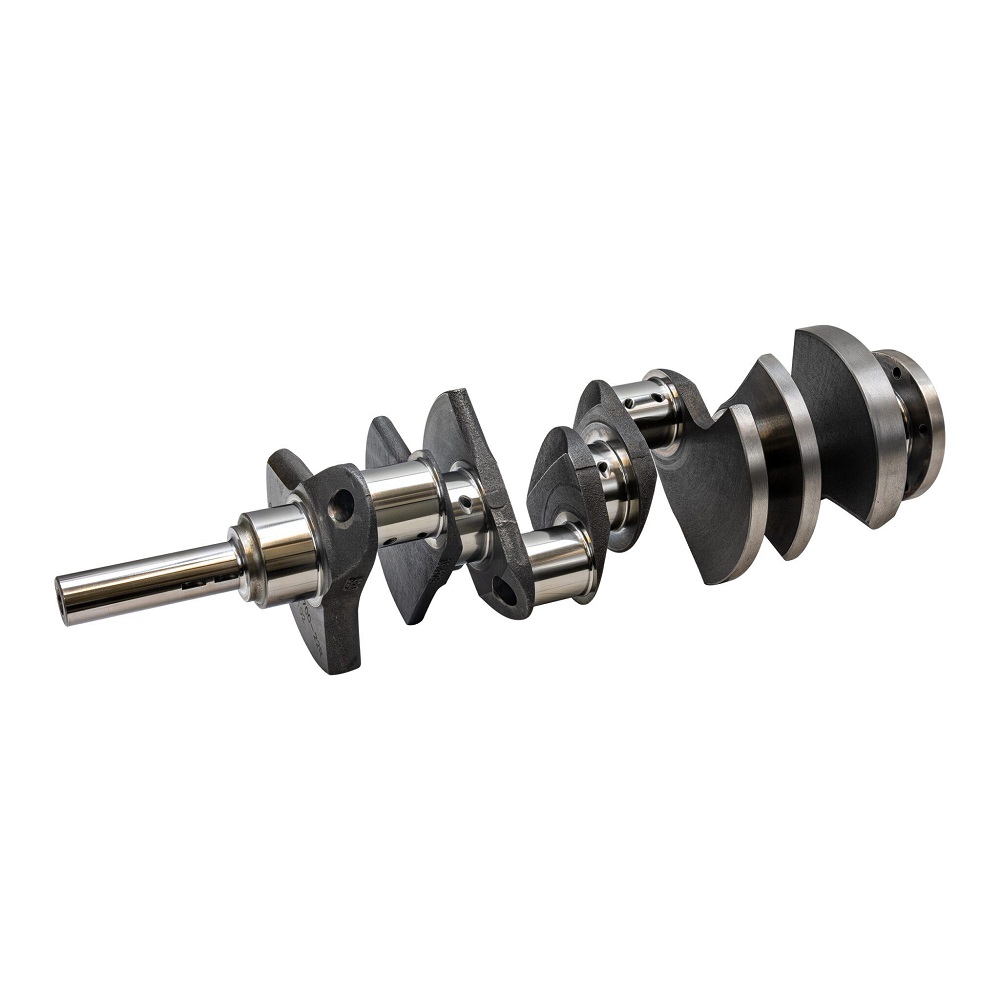
Factors to Consider When Choosing a Crankshaft
Compatibility with the Engine
One of the first steps in choosing a crankshaft is ensuring it is compatible with your engine. Each engine design has specific requirements for crankshaft dimensions and specifications. Factors such as the engine model, size, and configuration must all be considered to find the right fit.
Consulting your vehicle’s manual or manufacturer can provide essential information regarding the required crankshaft specifications. It may also be beneficial to consult with an auto parts specialist, who can help identify compatible models. Ensuring compatibility is crucial for maintaining the performance and integrity of your engine.
Materials Used in Crankshaft Construction
The materials used in the crankshaft’s construction greatly influence its durability and performance. Common materials include cast iron, forged steel, and billet aluminum. Each material offers unique characteristics that cater to different engine requirements.
Cast iron is often used in mass-produced vehicles due to its lower manufacturing costs and adequate durability for typical driving conditions. Forged steel car crankshafts are popular for performance engines because they provide increased strength and resilience against fatigue. Billet aluminum is lightweight and often used in racing applications for optimal performance. Understanding the advantages and limitations of each material can help you make an informed decision based on your driving needs.
Design Features
When selecting a crankshaft, consider the design features that can impact performance. Various crankshaft designs include the number of throws, weight distribution, and counterweight design. These factors affect the balance and vibration characteristics of the crankshaft.
For instance, a crankshaft with more throws can provide smoother operation by distributing forces evenly. Meanwhile, the positioning of counterweights is essential for minimizing vibrations. An imbalanced crankshaft can lead to excessive vibrations, which can affect engine longevity. Assessing these design features ensures that you choose a crankshaft that meets your performance expectations.
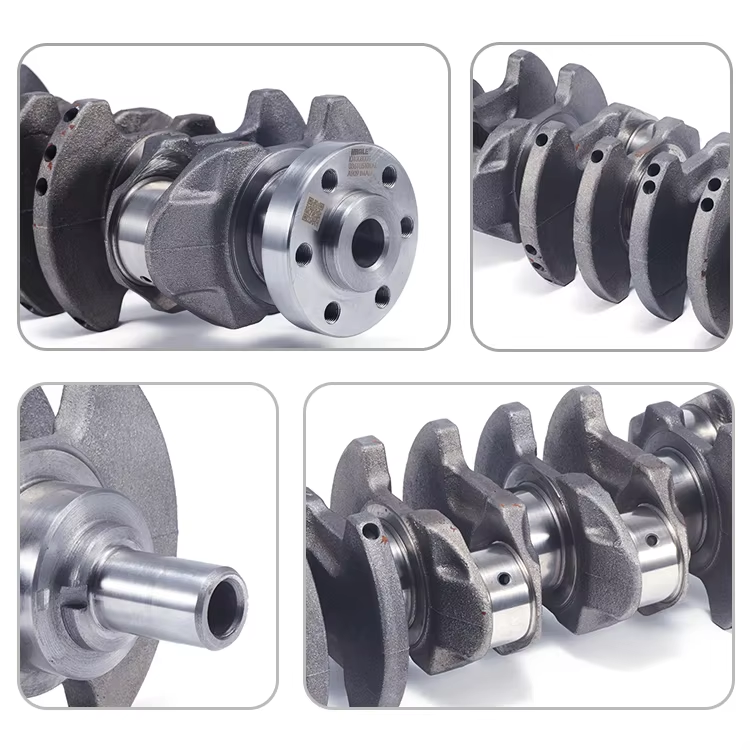
Types of Crankshafts
Stock Crankshafts
Stock crankshafts are the standard components used in most production vehicles. They are designed to meet the manufacturer’s specifications and provide reliable performance for everyday driving. While stock crankshafts are suitable for most applications, they may not always be the best choice for performance enthusiasts.
For standard driving conditions, a stock crankshaft is often adequate. It ensures that the engine runs smoothly without modifications and provides a good balance of performance and durability. When selecting a stock crankshaft, verify that it is compatible with your engine to ensure optimal performance.
High-Performance Crankshafts
Engineers design high-performance crankshafts for vehicles that demand enhanced power and speed. Manufacturers often forge these crankshafts from stronger materials and incorporate advanced designs to withstand higher RPMs. They are ideal for racing applications or modified vehicles aiming for improved performance.
When choosing a high-performance crankshaft, consider factors such as weight, throw length, and counterweight configuration. These features influence engine balance, responsiveness, and overall torque delivery. Selecting a high-performance crankshaft can significantly enhance your vehicle’s capabilities, but it is essential to ensure compatibility with other engine components.
Custom and Aftermarket Crankshafts
For enthusiasts looking to maximize performance or tailor their engine’s specifications, custom or aftermarket crankshafts are available. These crankshafts can be designed and manufactured to suit specific requirements, such as higher horsepower goals or unique engine setups. Many aftermarket options cater to specific makes and models, providing enhanced performance without the need for custom design.
Investing in a custom crankshaft can be an excellent choice for serious racers or those looking to create a uniquely powerful vehicle. However, it’s crucial to collaborate with experienced professionals to ensure the right specifications are achieved. Custom solutions can provide significant advantages but demand careful consideration regarding compatibility and performance outcomes.
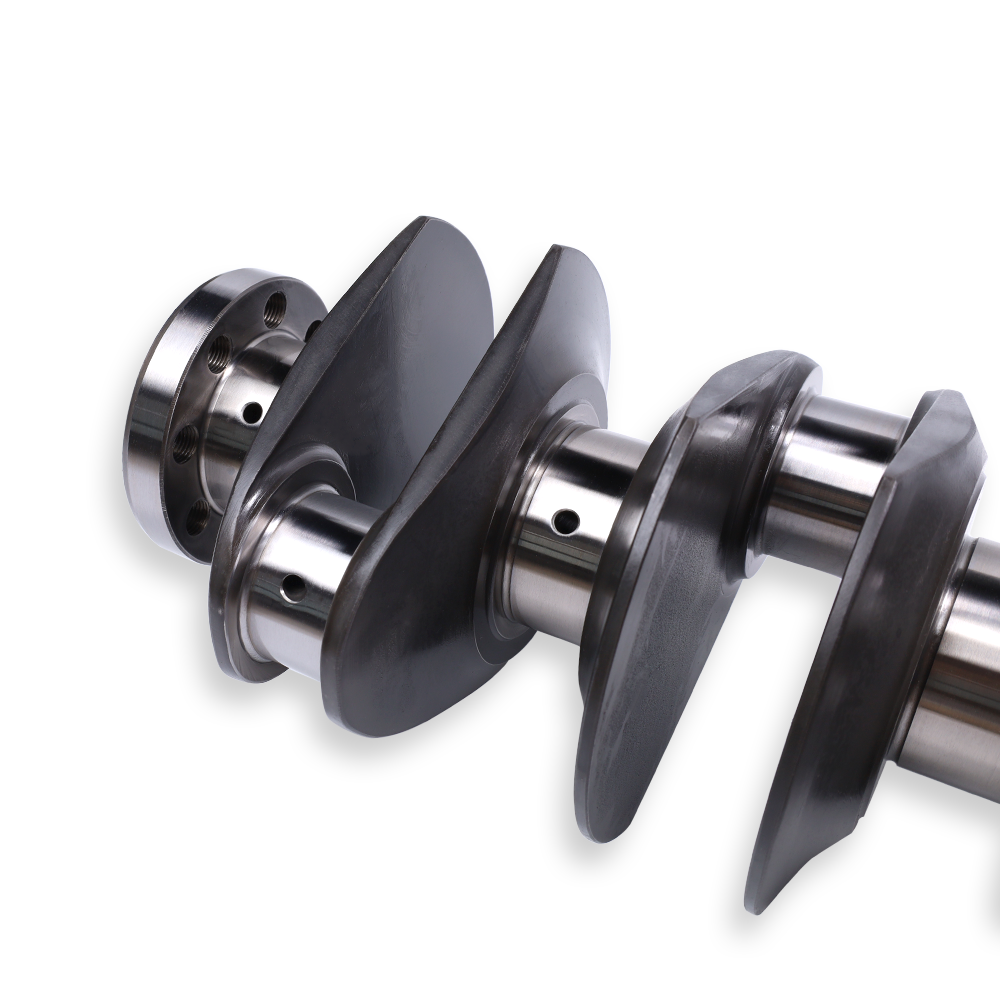
Installation Considerations
Professional Installation
Installing a crankshaft is not a simple task and usually requires professional expertise. The installation process involves disassembling various engine components, such as the timing cover, oil pan, and bearings. Proper alignment and torque specifications must be maintained for functioning correctly.
Choosing a professional mechanic to handle the installation will ensure that the crankshaft is installed correctly and efficiently. A professional will also check the surrounding components for wear and damage, addressing any issues that could compromise engine performance. Investing in professional assistance can prevent expensive mistakes and ensure the longevity of the crankshaft and engine.
DIY Installation
For those with mechanical knowledge and experience, installing a crankshaft as a DIY project can be rewarding. However, it requires the right tools and a solid understanding of engine assembly. Reading the vehicle’s service manual is essential, as it contains detailed instructions on how to carry out the installation properly.
Before proceeding with a DIY installation, ensure you have all the necessary tools and components. This includes torque wrenches, engine hoists, and any specialty tools that you may require. You cannot overstate the importance of following precise procedures, as any mistakes during installation can lead to serious engine problems down the road.
Maintenance of the Crankshaft
Regular Inspections
Maintaining the crankshaft is crucial for the longevity of your engine. Regular inspections can help identify potential issues before they escalate into major problems. Mechanics recommend checking for signs of wear, such as excessive play in the crankshaft bearings or unusual vibrations during operation.
In addition to visual inspections, having the oil analyzed can provide valuable insights into the engine’s health. Contaminated oil or metal particles in the oil can indicate underlying issues with the crankshaft or other engine components. Performing regular inspections helps you catch problems early, ensuring that your crankshaft remains in top condition.
Proper Lubrication
Proper lubrication is key to the smooth functioning of the crankshaft. Frequent oil changes using the right oil type ensure essential components remain adequately lubricated. The crankshaft’s bearings rely on a consistent supply of clean oil to prevent friction and wear, which can lead to catastrophic failures.
Monitoring oil levels and changing the oil at recommended intervals is crucial for maintaining engine health. This practice not only enhances the crankshaft’s performance but also extends the life of other engine components. Regular maintenance contributes to reliable operation and minimizes the risk of unexpected repairs.
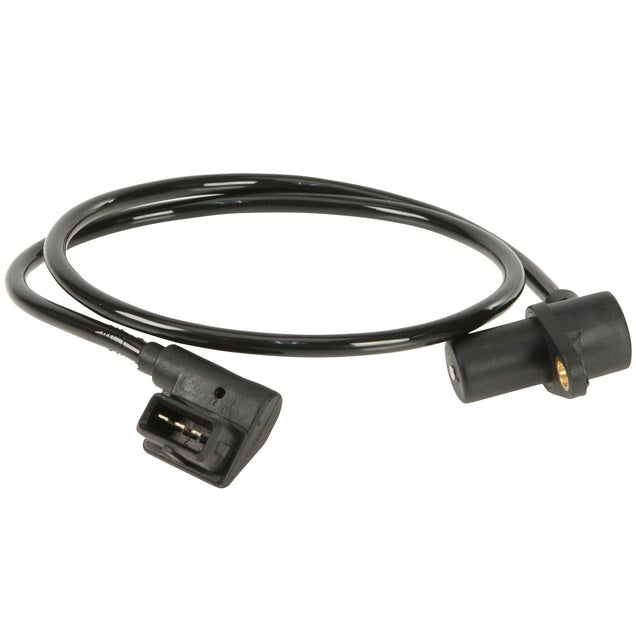
Innovations in Crankshaft Technology
Advances in Material Science
Recent advancements in material science have led to the development of stronger and lighter crankshafts. Innovations such as composite materials and advanced alloys allow for increased strength without the added weight. These materials can enhance performance by improving fuel efficiency and responding better under stress.
Additionally, some modern engines utilize car crankshafts with surface treatments that provide enhanced wear resistance. These treatments can improve the durability of the car crankshaft, allowing it to withstand the rigors of high-performance applications. As new materials emerge, the design and functionality of crankshafts will continue to evolve.
Computer-Aided Design and Manufacturing
The integration of computer-aided design (CAD) and manufacturing technologies has transformed the production process of crankshafts. CAD allows engineers to design highly detailed and precise crankshaft specifications. This level of accuracy reduces the likelihood of mistakes occurring during production.
Advanced simulation software can also analyze the crankshaft’s performance under various engine conditions. This analysis helps optimize designs to enhance efficiency and reduce vibrations. As technology advances, the crankshaft’s design process will become increasingly sophisticated, leading to superior quality and performance.
Conclusion: Selecting the Right Crankshaft for Your Vehicle
A Key Component for Engine Performance
In conclusion, the crankshaft is a critical component responsible for converting linear motion into rotational power in an internal combustion engine. Understanding its functionality, the factors influencing its cost, and various types available helps vehicle owners make informed decisions. The crankshaft significantly impacts engine performance, so selecting the right one is essential.
By considering compatibility, materials, and design features, you can choose a car crankshaft that meets your specific needs. Investing in a quality crankshaft ensures enhanced reliability and performance over time. Proper installation and regular maintenance are also crucial for safeguarding the longevity of this vital component.
Embracing Automotive Knowledge
Expanding your knowledge of car crankshafts can empower you as a vehicle owner. Knowledge about innovations, maintenance, and installation will enable you to make well-informed choices when it comes to repairs and replacements. Whether you handle the work yourself or seek professional assistance, understanding the essential components of your engine can lead to smarter decisions.
Ultimately, the right car crankshaft will contribute to a smoother, more efficient driving experience. By focusing on maintaining your engine properly and choosing quality parts, you pave the way for a more enjoyable and reliable vehicle. Embrace the journey of learning about car components, and enjoy the ride!
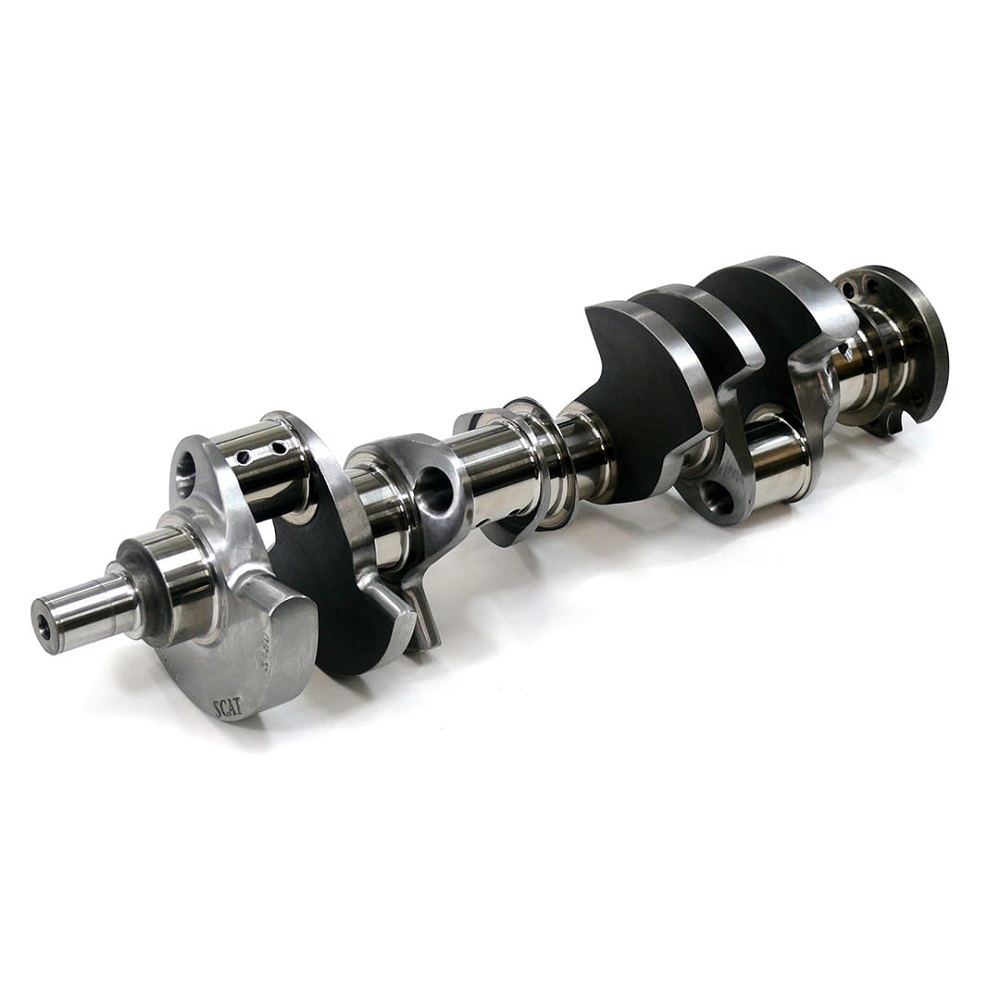
Leave a Reply